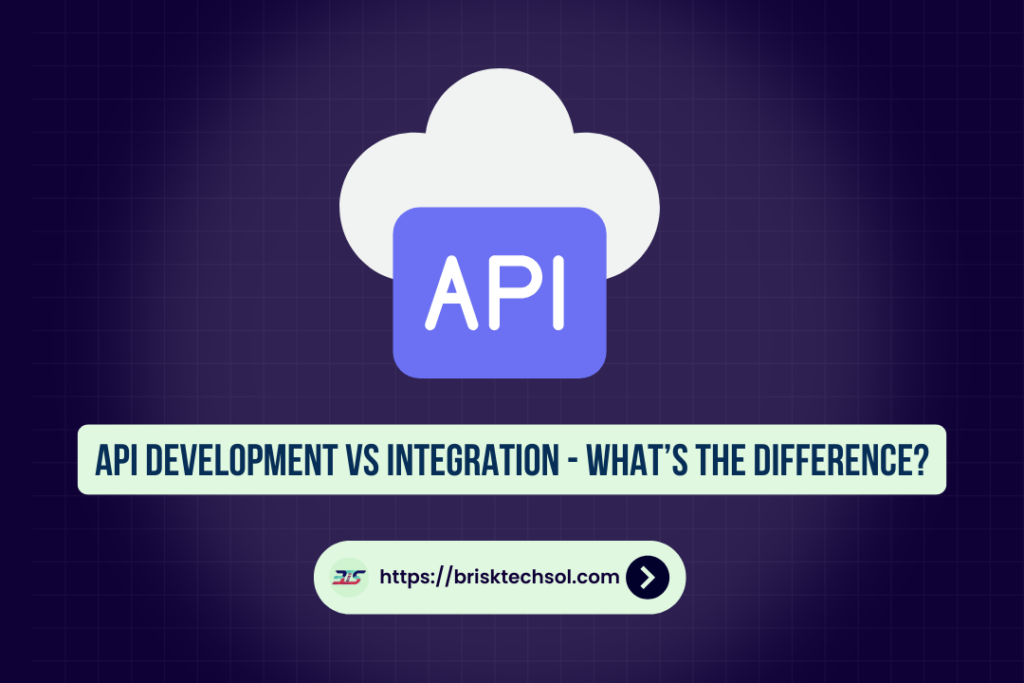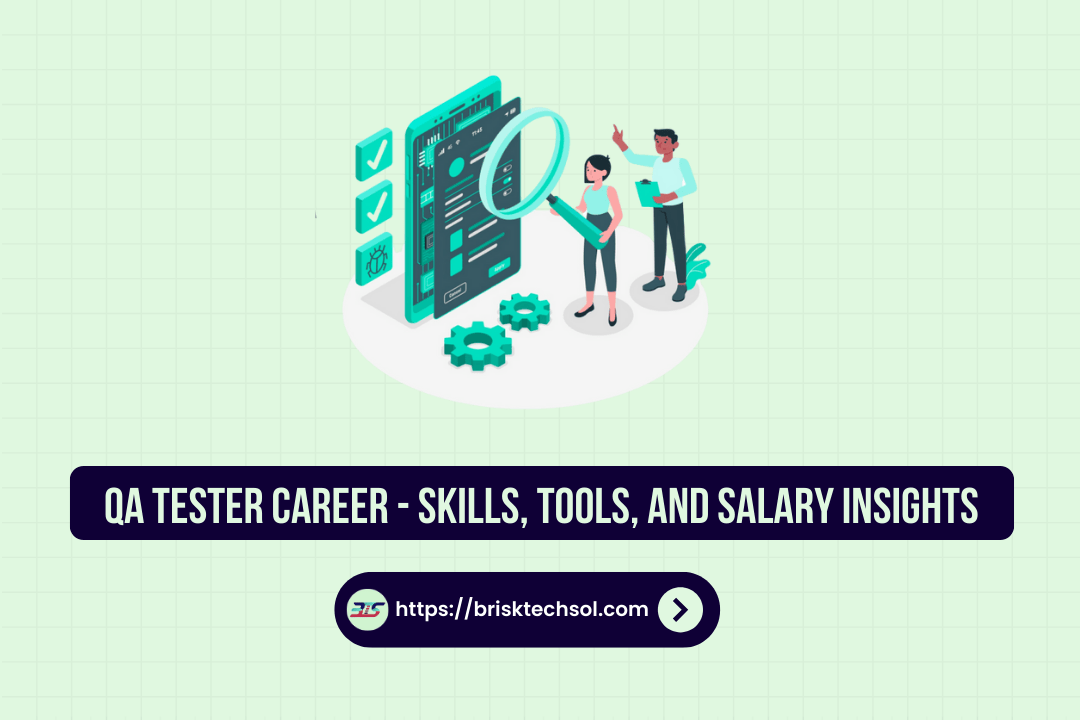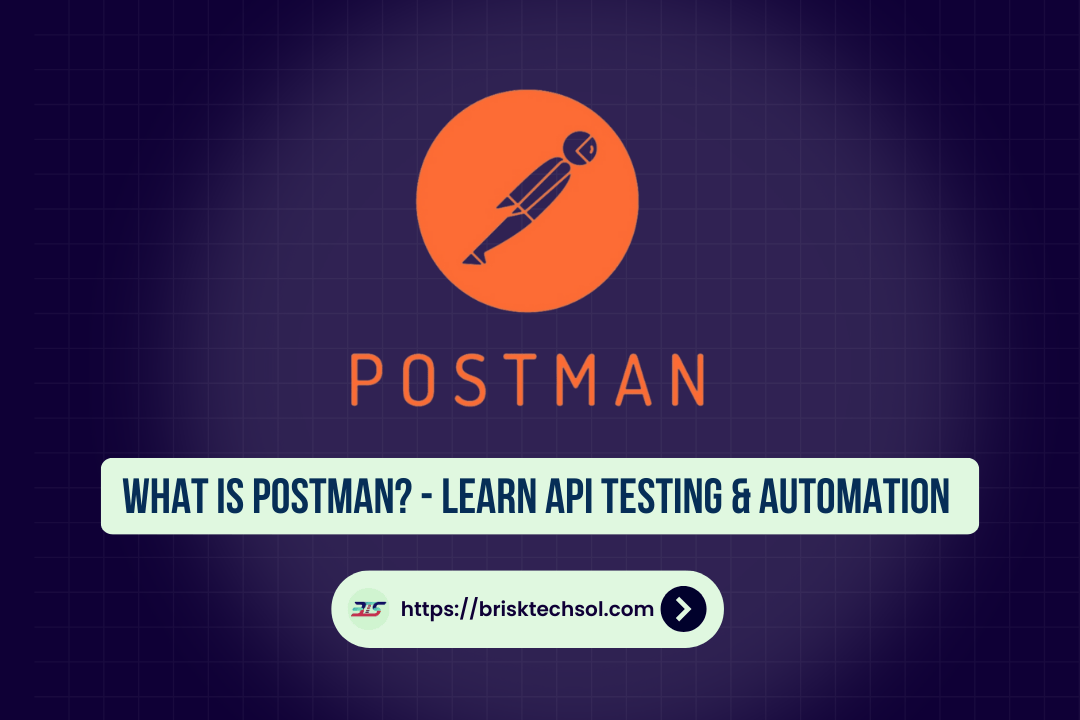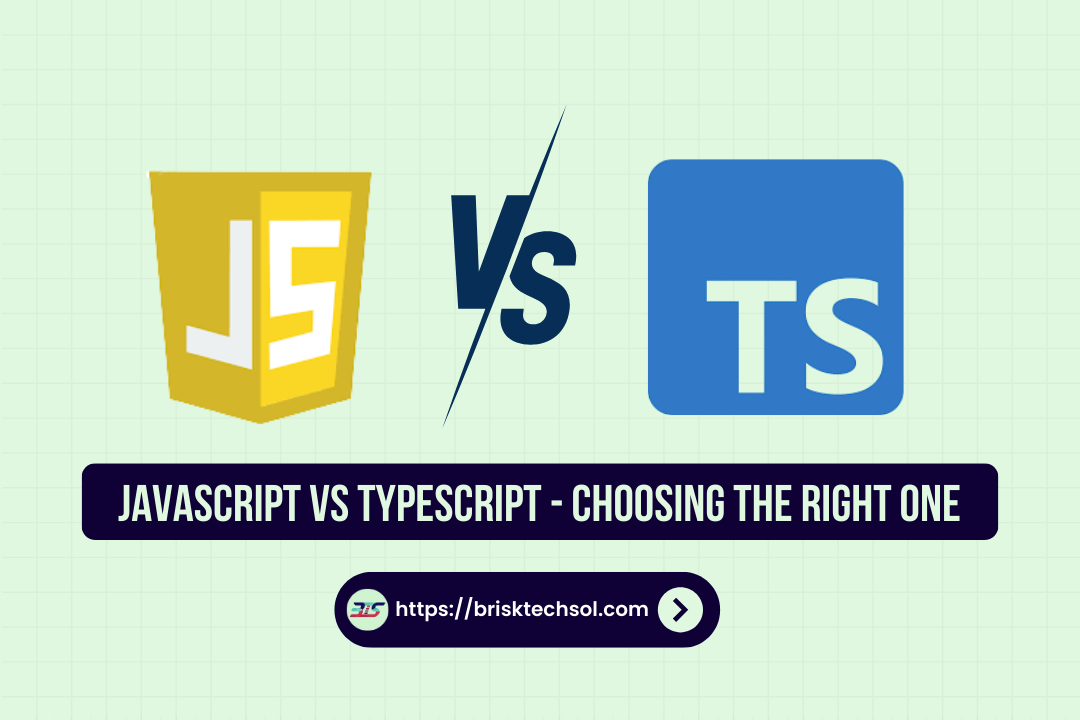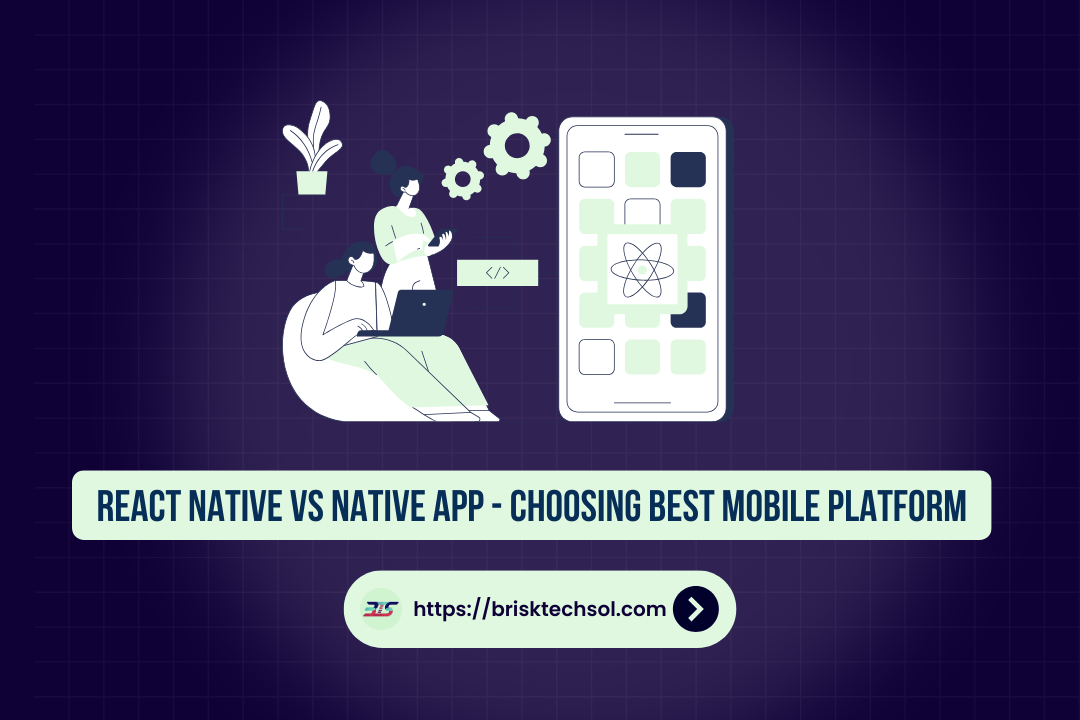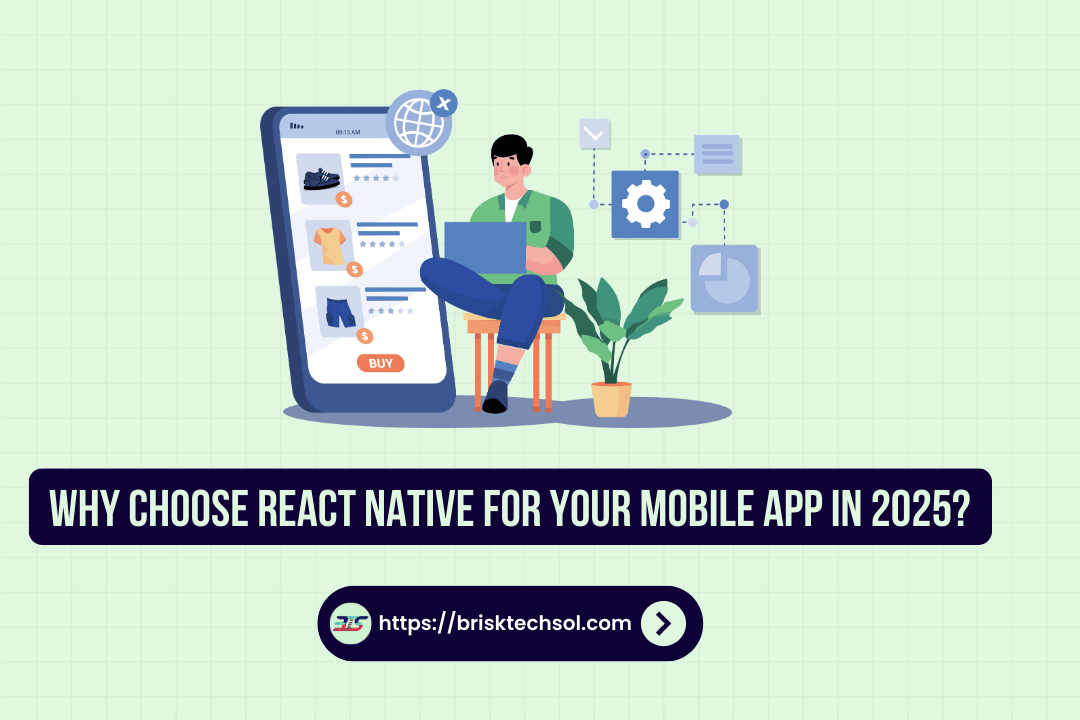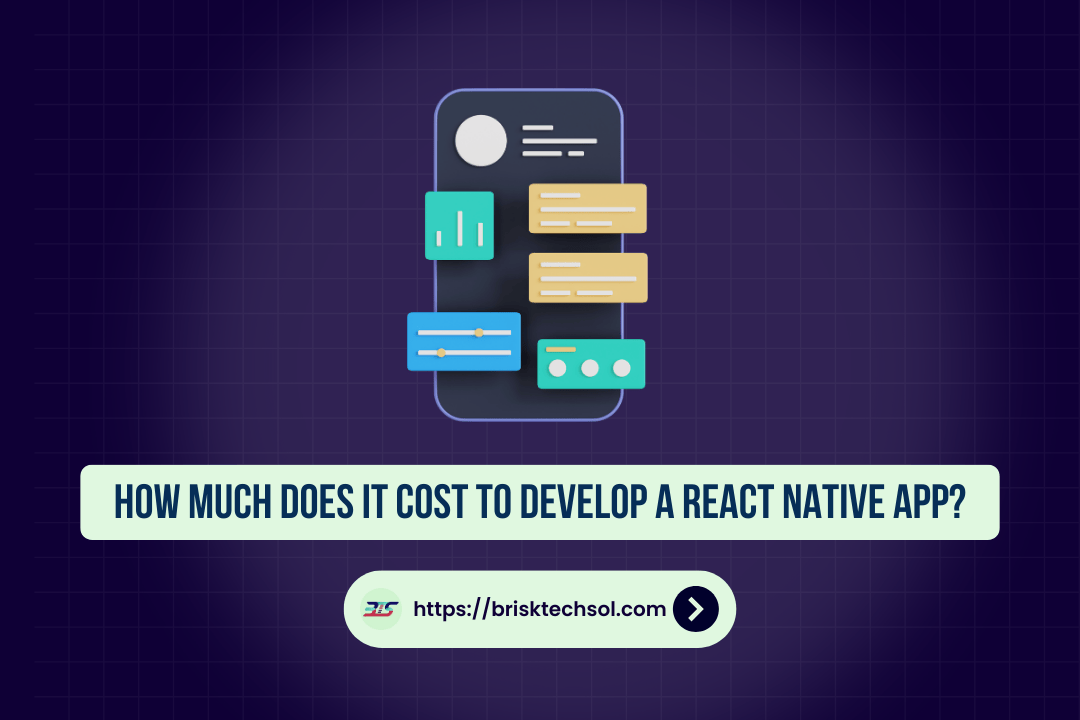Imagine building your own digital engine from scratch or connecting to one that’s already humming along smoothly. In the world of APIs, the choice between developing your own API and integrating with an external one can define your project’s flexibility, cost, and time-to-market. This guide will help you understand the differences, benefits, and challenges of each approach so you can make informed decisions that align with your business goals.
What is API Development?
API development is the process of creating a custom API from scratch. It involves designing, coding, testing, and documenting endpoints that enable seamless communication between your systems and external applications. This approach gives you complete control over functionality, data flow, and security.
What It Involves
Developing your own API means you’re building it tailored to your exact specifications. This process typically includes:
- Design & Architecture:
Determining the API’s structure is the foundation. You decide whether to use REST, GraphQL, SOAP, or even event-driven architectures. This phase involves mapping out data models, endpoints, and the overall workflow. - Coding:
Writing backend code using languages like Python, Java, Node.js, or Ruby. This step transforms your design into a functioning API. You also need to consider frameworks that support scalability and efficiency. - Testing:
Rigorous testing ensures your API performs well under various conditions. This includes unit tests, integration tests, and stress tests to verify functionality, security, and reliability. - Documentation:
Detailed, clear documentation is crucial. It guides internal teams and third-party developers on how to interact with your API, including request formats, parameters, and error handling.
Key Benefits
- Customization:
You can tailor every aspect of your API to meet your specific business needs, ensuring it delivers exactly the functionality you require. - Complete Control:
Full ownership means you can implement robust security measures, optimize performance, and update features as needed without relying on external providers. - Competitive Advantage:
Custom APIs can offer unique functionalities that set your product apart from competitors, potentially creating a proprietary edge in your market.
Challenges
- Resource Intensive:
Developing an API in-house can require a significant investment of time, money, and skilled personnel. - Ongoing Maintenance:
Continuous updates, bug fixes, and adaptations to evolving technology trends require a dedicated team. - Longer Time-to-Market:
Building from scratch is typically slower compared to leveraging existing, proven solutions.
Additional Insights
API development often involves iterative design and continuous feedback from stakeholders and end-users. For instance, a startup may begin with a minimum viable product (MVP) API and expand its capabilities based on customer feedback. This agile development cycle ensures that the API evolves alongside the business and remains aligned with user needs.
What is API Integration?
API integration is the process of connecting your application with an external API that someone else has built. Instead of developing your own endpoints, you leverage existing services to access data, functionalities, or both. This approach is popular when time, cost, or specialized expertise are critical factors.
What It Involves
API integration generally includes the following steps:
- Assessment:
Begin by evaluating third-party APIs to determine if they meet your functional and performance requirements. This involves reviewing documentation, testing endpoints, and checking compatibility. - Connection Setup:
Implement authentication protocols (such as OAuth, API keys, or JWT) to securely connect to the external API. Map your application’s data structure to match the external API’s format. - Testing and Troubleshooting:
Thoroughly test the integration to ensure that data flows smoothly between systems. Identify and resolve any compatibility or performance issues that arise during this phase. - Monitoring and Maintenance:
Continuously monitor the integrated API for changes in performance, updates, or potential outages. Establish fallback mechanisms to handle disruptions from the external provider.
Key Benefits
- Speed of Implementation:
With external APIs already built and tested, integration can be completed much faster than developing a new API from scratch. - Cost-Effective:
You avoid the costs associated with in-house development and maintenance, particularly beneficial for startups or projects with tight budgets. - Reliability:
Established external APIs often come with robust support, extensive documentation, and a proven track record, reducing the risk of bugs and downtime.
Challenges
- Dependency:
Relying on external providers means that any changes, downtimes, or discontinuations on their end can impact your system. - Limited Customization:
You are confined to the functionalities and data flows provided by the external API, which may not fully align with your unique requirements. - Integration Complexity:
Combining disparate systems can introduce issues with data consistency, error handling, and performance that require careful management.
Additional Insights
API integration is an attractive option when your project timeline is tight or when you need specialized features that are already available in the market. For example, many e-commerce platforms integrate with payment gateway APIs like Stripe or PayPal to handle transactions securely without developing these complex systems themselves. However, it’s crucial to keep an eye on API version changes and potential deprecation notices from your third-party providers to avoid disruptions.
Differences Between API Development and API Integration
Deciding whether to develop your own API or integrate with an external one hinges on several critical factors. Here’s a closer look at the fundamental differences:
Comparison Overview
| Aspect | API Development | API Integration |
|---|---|---|
| Control | Full control over functionality and data | Dependent on external providers |
| Customization | Fully customizable to meet specific needs | Limited by external API capabilities |
| Time to Market | Longer due to building from scratch | Shorter, leveraging pre-built solutions |
| Cost | Higher initial investment; ongoing maintenance | Lower upfront costs; may include subscription fees |
| Expertise Required | Requires deep technical knowledge and resources | Requires integration expertise and good documentation |
| Flexibility | Can be adapted and optimized as needed | Constrained by provider’s roadmap and updates |
Use Case Considerations
- API Development:
Best suited for projects with unique requirements, high security needs, or when you need proprietary features that give you a competitive edge. - API Integration:
Ideal for rapidly deploying features, reducing development costs, and leveraging established solutions when customization is less critical.
Pros and Cons
API Development
Pros:
- Tailored Solutions: Complete customization ensures the API aligns perfectly with your business logic.
- Full Control: Total oversight of security, performance, and updates.
- Unique Features: Develop proprietary functions that differentiate your product.
Cons:
- Resource Intensive: Requires significant time, skilled personnel, and financial investment.
- Longer Development Cycle: Building from scratch takes more time compared to integration.
- Ongoing Maintenance: Continuous effort needed for updates, bug fixes, and scaling.
API Integration
Pros:
- Speed to Market: Quickly leverage existing APIs to add new features.
- Cost Savings: Lower initial development costs and reduced maintenance overhead.
- Reliability: Benefit from the robustness and maturity of established external APIs.
Cons:
- Dependency Risks: Reliance on external providers means potential exposure to changes, outages, or discontinued services.
- Limited Customization: Inability to tailor the API beyond what the provider offers.
- Integration Complexities: Challenges with aligning data structures, handling errors, and maintaining consistency across systems.
Use Cases and Best Practices
When to Develop Your Own API
Use Cases:
- Unique Business Models: When your product requires specialized features or data flows.
- High Security Needs: When data privacy and regulatory compliance are paramount.
- Competitive Differentiation: When proprietary functionalities can set you apart in the market.
Best Practices:
- Thorough Planning: Invest time in design and architecture before coding.
- Iterative Development: Use agile methodologies to build and refine your API over time.
- Robust Testing: Implement comprehensive testing (unit, integration, stress) to ensure reliability.
- Clear Documentation: Provide detailed documentation for internal teams and potential third-party developers.
When to Integrate External APIs
Use Cases:
- Time Constraints: When rapid deployment is essential.
- Budget Limitations: When resources are limited and cost savings are critical.
- Standardized Functions: For features like payment processing, geolocation, or social media feeds where mature APIs already exist.
Best Practices:
- Vendor Evaluation: Choose providers with strong documentation, support, and proven reliability.
- Fallback Strategies: Implement redundancy and backup plans in case the external API fails.
- Seamless Integration: Use middleware to handle data transformations and error management.
- Regular Monitoring: Continuously monitor the integrated API’s performance and updates.
Key Takeaways:
- Full Control vs. Speed: API development offers complete customization and control, while API integration allows faster deployment by using existing services.
- Resource Investment: Developing your own API is resource-intensive with a longer time-to-market, whereas integration is more cost-effective.
- Maintenance Needs: In-house APIs require continuous updates and rigorous testing; integrated APIs depend on third-party reliability.
- Customization: Custom APIs enable proprietary features tailored to specific business needs; integrated solutions offer standard functionality.
- Risk Factors: API integration introduces dependency risks and limited flexibility compared to building your own API.
- Use Cases: Develop your own API for unique, security-sensitive projects; integrate external APIs for common services like payments or social media.
- Expertise: API development demands deep technical knowledge, while integration requires strong skills in connectivity and data mapping.
- Scalability: Both approaches must consider long-term scalability, with custom APIs offering more control over growth.
- Strategic Decision: Choose the approach that aligns best with your project requirements, budget, timeline, and long-term business goals.
FAQs
1. What is API development?
API development is the process of creating a custom API from scratch, involving design, coding, testing, and documentation to enable seamless communication between systems.
2. What is API integration?
API integration involves connecting your application to an external API, allowing you to leverage pre-built functionalities without developing them in-house.
3. When should I develop my own API?
Consider developing your own API if you need complete control, customized functionalities, or have specific security requirements that off-the-shelf solutions cannot meet.
4. What are the benefits of API integration?
API integration offers faster deployment, lower costs, and access to robust, well-tested features from established providers.
5. How do I choose between development and integration?
Evaluate factors such as project requirements, budget, timeline, and team expertise. Also, consider long-term scalability and the criticality of proprietary features to your business.


